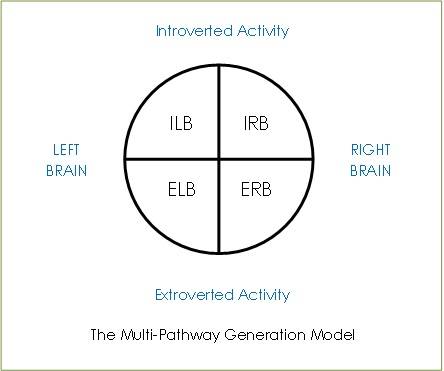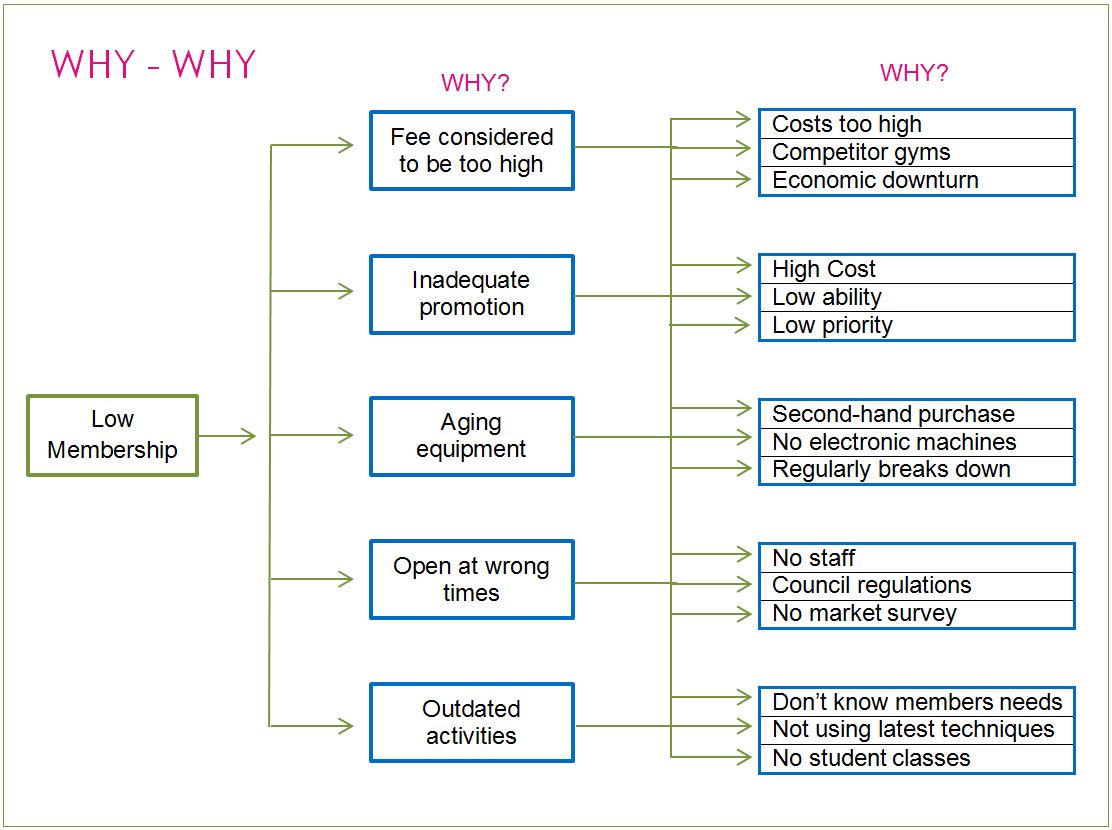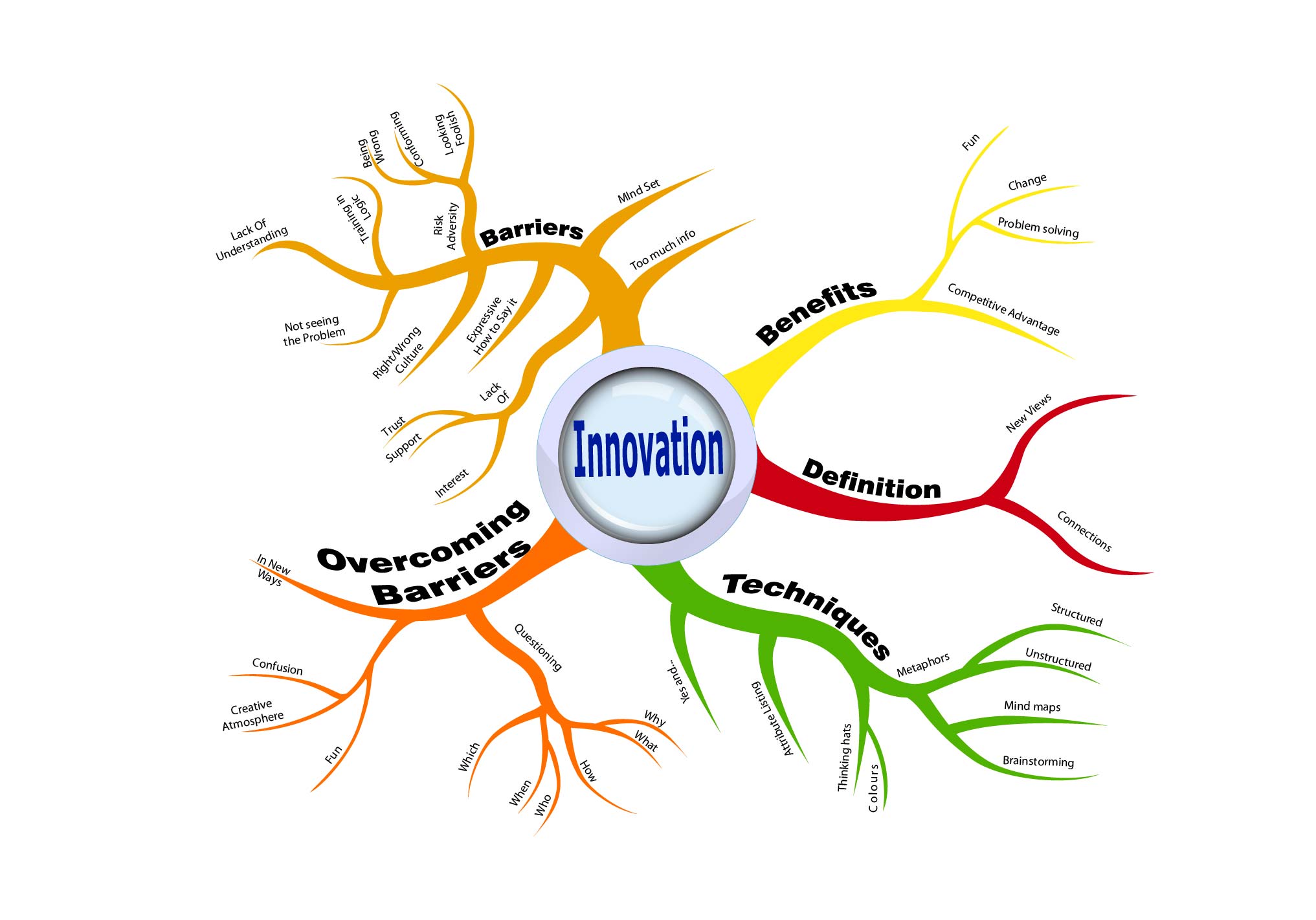Step Two - Environment
Problem solving works better if done in the right environment.
Again, you decide, but if done individually you need solitude. Use a note book or tape recorder or smart phone to record your thoughts.
In a group or team, you need what I call a ‘bean bag room’ - an offline location, on or offsite, comfortable and equipped for use.
The ‘bean bags’ are optional, but things like whiteboard, flipchart, notepaper, pens, crayons, etc. all help the process.
The above use of props (only a few examples that you could add further to) are again intended to open our minds,
remove convention and assist in the making of connections. When Steven Spielberg’s mechanical shark wouldn’t work in ‘Jaws’ the movie,
he used music (der dum - der dum) and plastic barrels that floated to the surface to denote the sharks presence.
He came to solutions like this using prototype audiences prior to the films release.
Audience reactions to the movie were observed and different elements introduced into the final film as a result of the observations.
Using the right environment and props worked for ‘Jaws’.
Both individual and team problem solving require all senses to be bombarded.
Bring your own and other companies products into the meeting.
Participants can then touch, see, hear, smell and taste what the items are.
One client got participants to wear brightly coloured clothing, in order to break down mind-sets and increase the possibility of alternative solutions.
Others ran blind taste and blind smell tests for fun.
All such environmental possibilities assist to break down conventional thinking and mind-sets.
Step Three - Technique
Many creative techniques enable us to make new connections between our existing knowledge and perceptions.
When problems arise, it is useful to follow the Multi-Pathway Generation Model (Team Management System QO2) to find a way around the obstacle.
This model gives four possible routes to follow and the best results are achieved by using all four thinking modes.
(The Half-Empty Chalice, Dick McCann and Jan Stewart).

Introverted Left-Brain (ILB) Thinking
This process involves a logical analysis of what the obstacle is and what is causing it.
The technique often used here is sometimes known as the Why-Why diagram, although there are many other good techniques available (see Why-Why Diagram below).

The above ‘Why Why’ diagram was used to investigate low membership at a fitness gym
Introverted Right-Brain (IRB) Thinking
When a solution out of the ordinary is required, it is often necessary to venture into the IRB quadrant.
There are many techniques to use here, but a useful one is that of visual mapping or mind mapping.
This technique resulted from studies which showed that the brain works best with concepts which radiate out from a centre (see Mind Mapping below).
Mind Maps allow us to order our thinking on an issue.
This helps to reveal connections, unknown areas and different ways of seeing issues.
They are also powerful as study tools, for planning reports or presentations, and for note taking.
Below is an illustration of a mind map on the subject innovation.

Extroverted Right-Brain (ERB) Thinking
Many obstacles that arise in the work situation are team problems rather than individual ones, and it is often left to come up with ways around the obstacle.
Group pathway generation can provide a superior solution to that of the individual, as collectively there is more information available.
The most well-known method for ERB thinking is that of Brainstorming.
Brainstorming
Probably the best known technique, although not always correctly understood or practised.
The stages are:
- STATING THE PROBLEM - everyone must understand what is the subject to be addressed
- RE-STATING THE PROBLEM - a number of different statements beginning “How to …… “are selected from the group.
Through discussion one re-statement is selected for which there is consensus, support and full understanding that this is the problem that we need to solve.
- BRAINSTORMING ONE RE-STATEMENT
The key points of the method itself are:
- GO FOR QUANTITY - The objective is to get as MANY ideas as possible, irrespective of how obvious, crazy, impossible, etc. they may seem.
- SUSPEND JUDGEMENT - No evaluative responses of any kind are allowed!
Some of the ideas may be amusing but scorn, derision, shock, facial expressions and particularly any dismissive comments will INHIBIT ideas.
- FREE WHEEL - Let your mind run wild! Ignore previous practice, assumptions, hang ups etc. Shout out ALL ideas, with no censorship by you.
- CROSS FERTILISE - Build on ideas from others - if a suggestion sparks off another line of thought for you - follow it and share the ideas.
The Team Leader needs to:
- NUMBER IDEAS - which will encourage and speed the process up - remember it’s supposed to be stormy!
- STOP ANY JUDGEMENTAL RESPONSES, by calmly identifying them as such.
- TRY TO AVOID DUPLICATIONS - sometimes asking “How’s that different from …?” will help.
- MAKE IDEA NOTES AS SUCCINCT AS POSSIBLE - otherwise the scribe will slow things up!
Extroverted Left-Brain (ELB) Thinking
After a series of ERB sessions it is useful to converge on a solution or series of solutions so that an action plan for implementation can be developed.
In this session ELB thinking is used.
If there are a large number of ideas, it is best to quickly reject those that are considered by all participants to be doubtful.
Those remaining are then subjected to an intense analysis, asking questions such as:
- Why is it up there?
- Will it work?
- How will it work?
- Is it effective?
Evaluate the ideas produced by applying agreed criteria. It is important to inform every one of outcomes, to avoid de-motivation.
Some more examples of innovation techniques are outlined below.
Mnemonics
Choose a five letter word at random.
Use each of the five letters of the word as the initial letter of five words which help you
| Either: |
define the problem more clearly |
| Or: |
of solutions to the problem |
| Example: |
Problem: not enough women managers? |
Defining the problem:
| F |
Favouritism? |
| I |
Incentive? |
| G |
Goal? |
| H |
Harassment? |
| T |
Targetted? |
Identifying possible solutions:
| F |
Fair (procedures) |
| I |
Information (publicity) |
| G |
Gender (free literature) |
| H |
Home (make it easier to work from home?) |
| T |
Top (put a woman in a senior position as a role model) |
Forced Comparisons
Compare your problem subject / topic with something else which is completely different from the problem topic - the more different the better.
The purpose of the comparison is to find fresh or new ways of defining the characteristics or attributes of the problem.
The comparison is therefore a means to an end, rather than an end in itself.
Example:
|
Fire-fighter
|
V
|
A Television
|
| Mobile |
|
Not mobile |
| Flexible |
|
Not flexible |
| To fight fires |
|
To communicate/entertain |
| Low Tech |
|
High Tech |
| Most homes don't have one |
|
Most homes have one |
|
Always on Standby
|
| Not a direct charge to user |
|
Direct charge to consumer |
| Conservative |
|
Challenging |
| No consumer choice |
|
Consumer choice |
Images
- Draw your problem. No text - just images. No talking / explaining - just draw.
- Others then ‘interpret’ your problem; they describe what they see.
This often produces insights - you may have subconsciously drawn a significant aspect that you weren’t aware of at the conscious level.
- You then explain your image, and talk about it; this stage may get you to talk about your problem in a fresh way. You also respond to the others comments.
- Others then amend your image (preferably using a different colour), suggesting solutions or ways forward.
The same rules as in stage 1 apply: no text, no talking as they draw.
- You then offer interpretations of what you see in their adaptions.
- They then explain their adaptions and all discuss.
The Team Management Profile as a Problem Solving Tool
As an extension of DeBono’s Six Hats model, the Team Management Wheel can be utilised as a problem solving technique.
In a team or as an individual use each profile segment to represent a way of looking at the problem - this can give you eight perspectives on a problem.
For example:
An Explorer-Promoter looking at a problem would consider the problem from the perspective of:
- An opportunity to explore ideas;
- Talking about the issue;
- Initiating new assignments;
- Concentrating on possibilities and the future;
- Enthusiastically involving other people;
- Thinking laterally.
Whereas a Controller-Inspector looking at the problem, would consider the problem from the perspective of:
- Written communications, memos and formal agendas;
- Scaling things down to a system of step-by-step processes;
- Thinking before speaking;
- Paying attention to detail;
- Paying attention to detail;
- Being practical.
As with the Team Management Profile neither perspective is Good or Bad it’s simply different.
However use of the above as a process again helps to break mind-sets and increases the possibility of solutions.
An enjoyable by-product of the above process is that it allows for greater understanding of differing profiles.
This understanding leads to greater self awareness and helps tolerance of people’s differences.